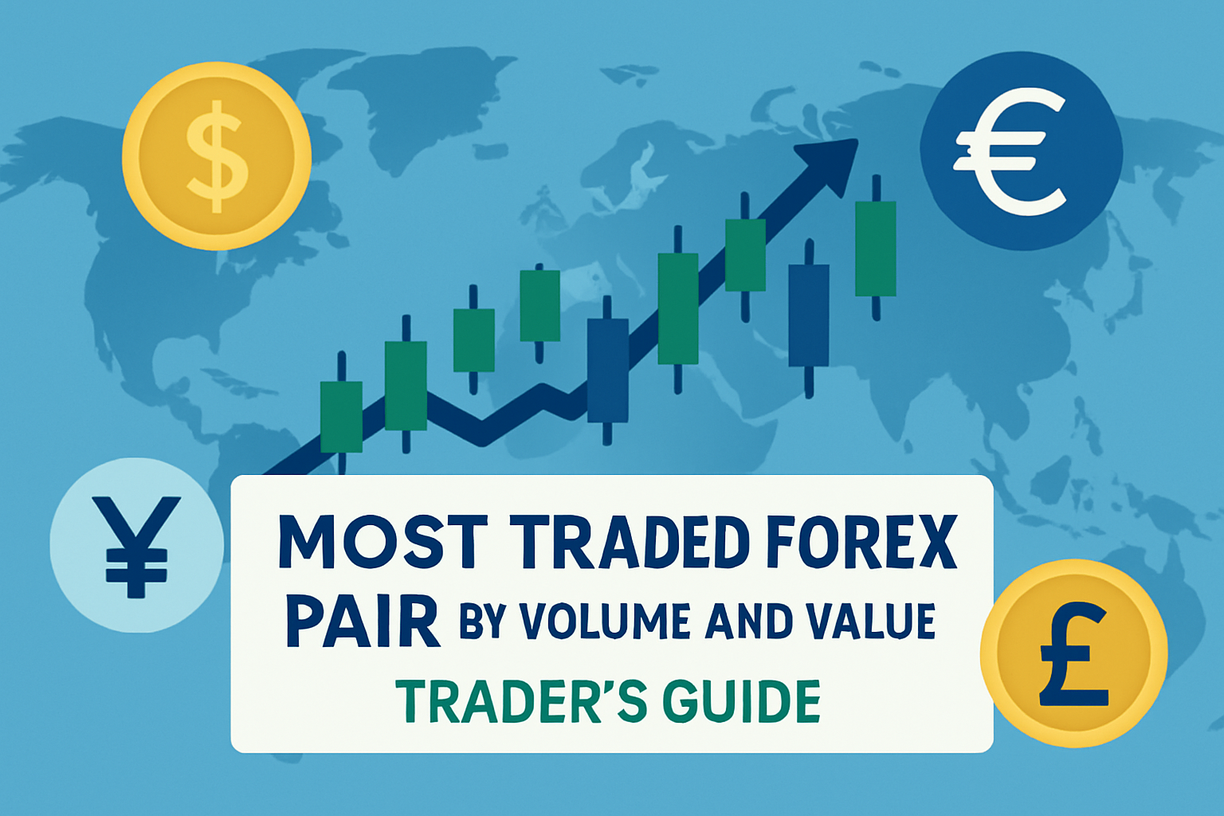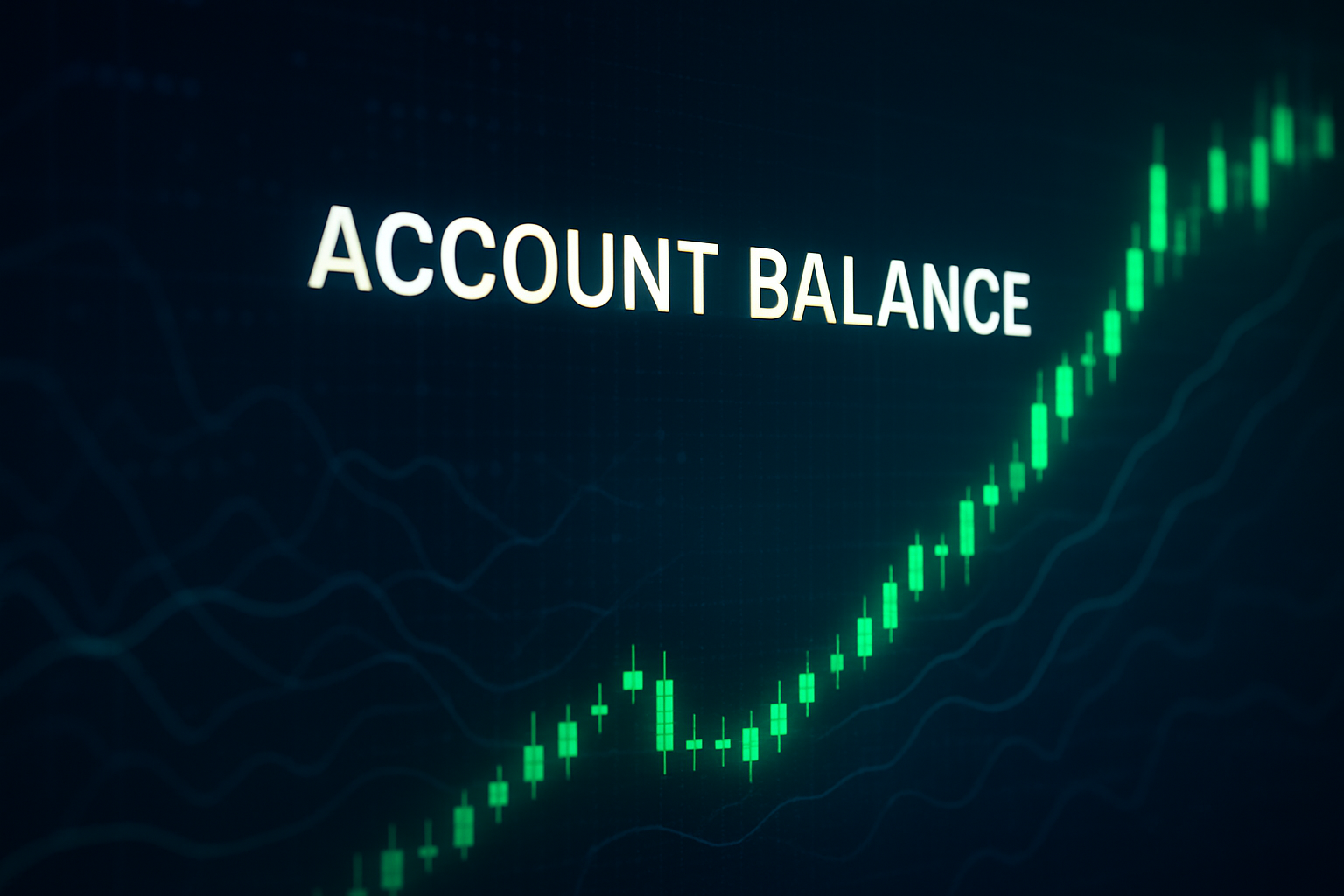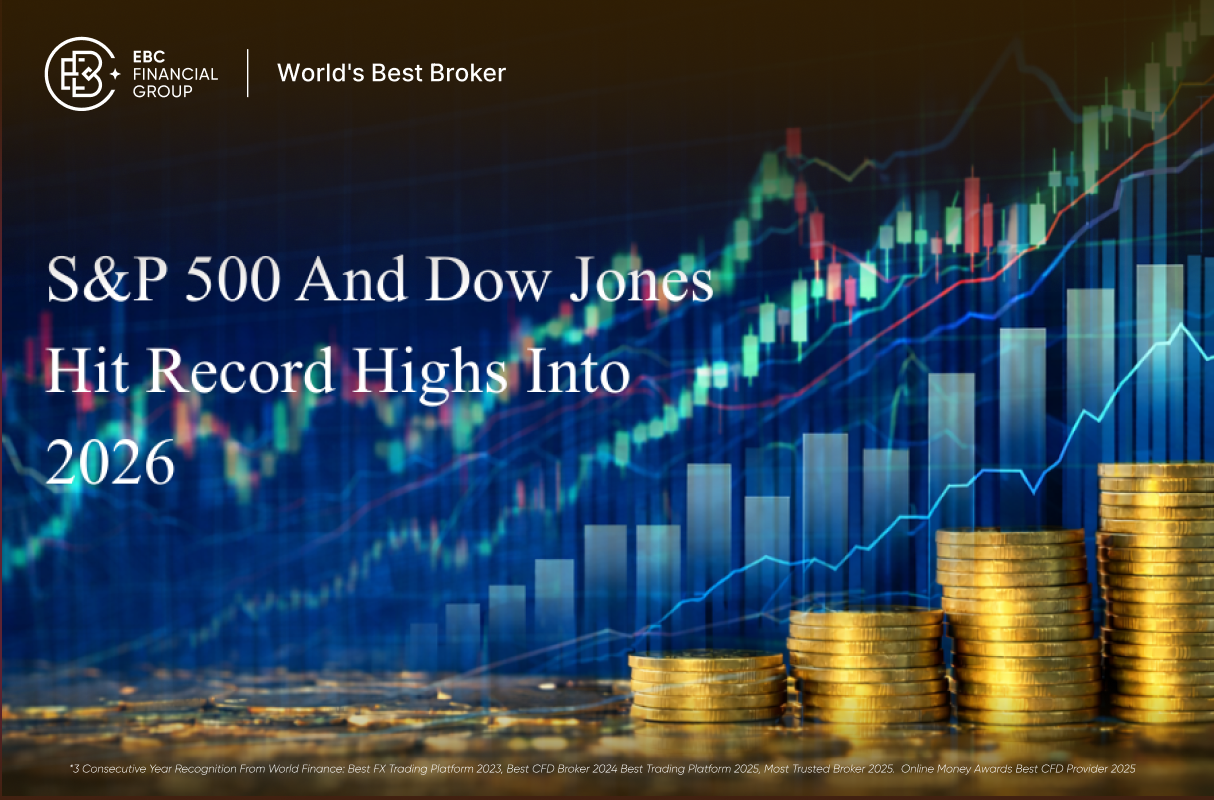In foreign exchange trading, margin refers to a portion of funds that
investors need to pay to cover potential losses when engaging in leveraged
trading. The purpose of margin is to increase the leverage effect of trading,
allowing investors to participate in larger transactions with smaller funds.

Floating margin and fixed margin are two different methods of margin
calculation. Floating margin is calculated based on the leverage ratio of the
transaction and the volatility of the trading variety, while fixed margin is
calculated based on the fixed ratio of the trading variety.
Specifically, floating margin is calculated based on the volatility of the
trading variety. Different trading varieties have different volatility, so the
proportion of floating margin will also vary. Generally speaking, trading
varieties with higher volatility requires a higher proportion of margin, while
trading varieties with lower volatility requires a lower proportion of margin.
This means that investors need to pay more margin when trading volatile
varieties to cope with potential loss risks.
In contrast, a fixed margin is calculated based on a fixed proportion of the
trading variety. Regardless of the volatility of the trading variety, investors
are required to pay a fixed proportion of margin. This means that regardless of
the type of trading, investors need to pay the same proportion of margin.
The difference between floating margin and fixed margin lies in the different
calculation methods. Floating margin is calculated based on the volatility of
the trading variety, which is more flexible and can be adjusted according to
market conditions. A fixed margin is calculated based on a fixed ratio and is
not affected by market volatility.
When trading first-hand euros or pounds, the calculation formula for the
margin is: 100000 units of base currency (euros) ÷ 200 leverage = 500 units of
base currency (euros) using the margin. Assuming the current EURGBP exchange
rate is 1.1, the margin for the pound at this time is 500 x 1.1 = 550
pounds.
Another difference is that the floating margin model is usually used for
leveraged trading, where investors can amplify their trading positions by
borrowing funds. The fixed margin model is more commonly used in situations
where there is no leverage or low leverage and investors need to pay more of
their own funds.
Floating margin can be adjusted according to market conditions, making it
more flexible, but it also requires investors to have high risk management
capabilities. Fixed margin is relatively stable and suitable for investors with
a lower risk tolerance. Regardless of the margin method chosen, investors need
to manage risks reasonably and avoid excessive leverage and losses.
Disclaimer: Investment involves risk. The content of this article is not an investment advice and does not constitute any offer or solicitation to offer or recommendation of any investment product.



























